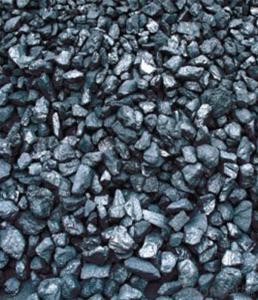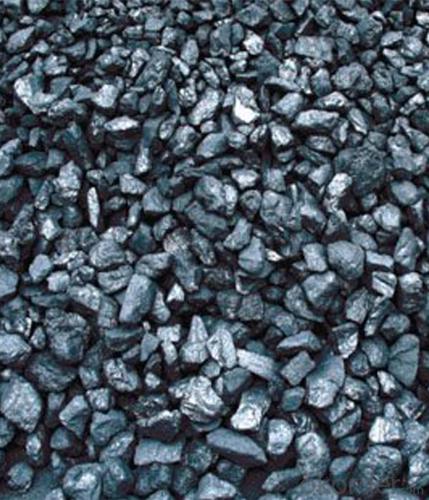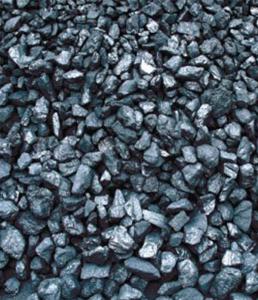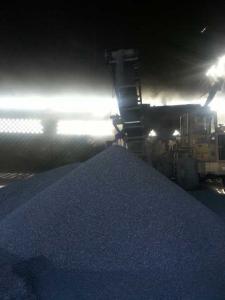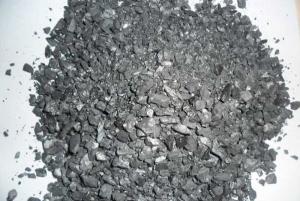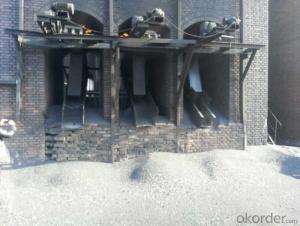Gas Calcined Anthracite Coal Made From Taixi Anthracite
- Loading Port:
- Tianjin
- Payment Terms:
- TT or LC
- Min Order Qty:
- 20 m.t.
- Supply Capability:
- 3000 m.t./month
OKorder Service Pledge
OKorder Financial Service
You Might Also Like
Introduction:
Calcined Anthracite is made from well-selected Tai Xi anthracite .It is Mainly used in steelmaking, foundry and other metallurgical plants as carbon additives. It is used to adjust the content of carbon of steels, and it can increase the recovery rate of steel scrap, and reduce the cost in steel making and in foundry.
It is also widely used to produce brakes.
Features
1.low sulphur, low ash
2.fixed carbon:95% -90%
3.sulphur:lower than 0.3%
4.Calcined Anthracite Coal
Advantage and competitive of caclined anthracite:
1. strong supply capability
2. fast transportation
3. lower and reasonable price for your reference
4.low sulphur, low ash
5.fixed carbon:95% -90%
6..sulphur:lower than 0.3%
Package:
In 25KG bags or in MT jumbo bags or as buyer's request
General Specification of Calcined Anthracite coal:
PARAMETER UNIT GUARANTEE VALUE | |||||
F.C.% | 95MIN | 94MIN | 93MIN | 92MIN | 90MIN |
ASH % | 4MAX | 5MAX | 6 MAX | 6.5MAX | 8.5MAX |
V.M.% | 1 MAX | 1MAX | 1.0MAX | 1.5MAX | 1.5MAX |
SULFUR % | 0.3MAX | 0.3MAX | 0.3MAX | 0.35MAX | 0.35MAX |
MOISTURE % | 0.5MAX | 0.5MAX | 0.5MAX | 0.5MAX | 0.5MAX |
Pictures of calcined anthracite:
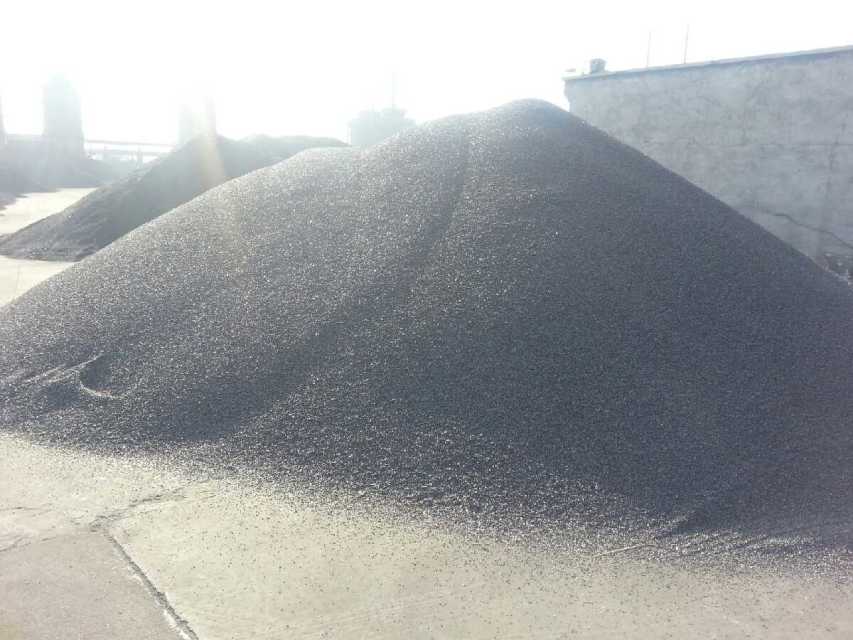
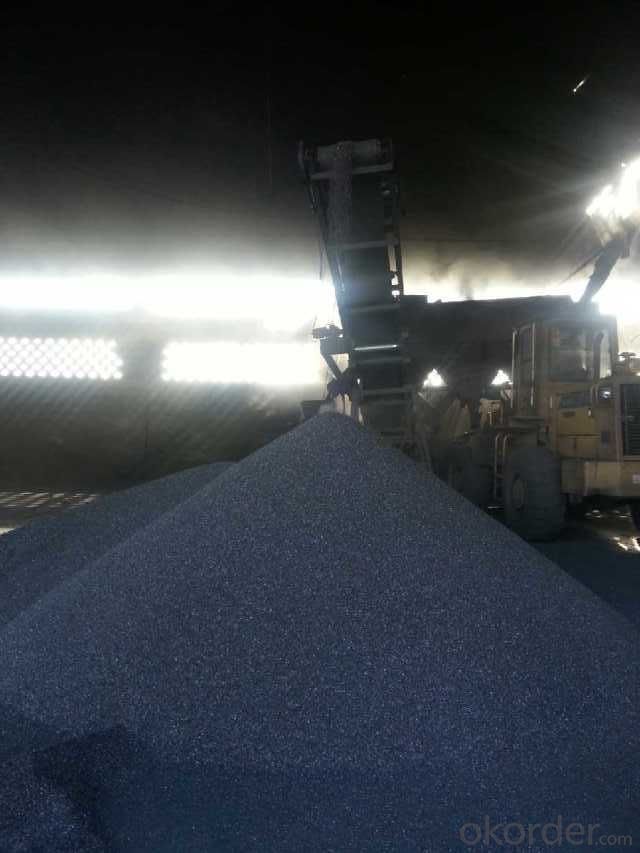

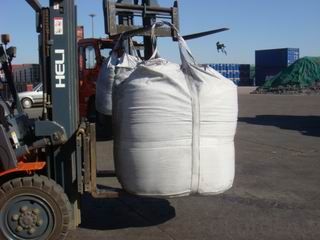
- Q: How is carbon used in the production of filters?
- Carbon is used in the production of filters due to its highly porous nature and ability to adsorb impurities. It acts as a powerful adsorbent, attracting and trapping contaminants such as chemicals, odors, and particles from air or water. This makes carbon an excellent material for removing impurities and improving the quality of filtered products.
- Q: How does carbon affect the stability of ecosystems?
- The stability of ecosystems is heavily dependent on carbon balance in the environment. Carbon serves as a crucial foundation for organic matter and is stored in various forms such as plants, animals, soil, and the atmosphere. This storage process aids in regulating the carbon cycle, which is vital for maintaining a stable climate. The role of carbon in climate regulation is one of the primary ways it influences ecosystem stability. Carbon dioxide, a greenhouse gas, has the ability to trap heat in the atmosphere, contributing to global warming. Human activities, including the burning of fossil fuels, deforestation, and changes in land use, have resulted in excessive carbon emissions and an increase in atmospheric carbon concentration. This has led to an intensified greenhouse effect, resulting in rising temperatures and climate change. The consequences of climate change extend far and wide, affecting ecosystems in various ways. It can disrupt the delicate balance by altering temperature and precipitation patterns, impacting habitats, and changing the timing of seasonal events. These alterations can lead to a loss of biodiversity as certain species struggle to adapt to the new conditions. Additionally, climate change can also affect the availability of crucial resources like water and food, which are essential for ecosystem functionality and stability. Moreover, the excessive release of carbon into the atmosphere can directly harm ecosystems. Elevated carbon emissions cause acid rain, which can acidify water bodies, rendering them unsuitable for aquatic life. Increased carbon dioxide levels in the oceans can also lead to ocean acidification, negatively impacting marine organisms such as corals and shellfish. On the other hand, carbon is indispensable for the health and productivity of ecosystems. Carbon-rich organic matter in the soil aids in nutrient retention, improves soil structure, and enhances water-holding capacity. This facilitates better plant growth and supports the overall functioning of ecosystems. In conclusion, carbon exerts a significant influence on the stability of ecosystems. While it is necessary for the growth and development of living organisms, excessive carbon emissions and climate change pose substantial threats to ecosystem balance and functionality. It is vital to reduce carbon emissions, promote sustainable practices, and safeguard carbon sinks like forests and wetlands to ensure the long-term stability of ecosystems.
- Q: What are the advantages of carbon-based batteries?
- There are several advantages of carbon-based batteries that make them a popular choice in various applications. Firstly, carbon-based batteries, such as alkaline batteries, have a longer shelf life compared to other types of batteries. This means that they can retain their charge for extended periods of time, making them ideal for devices that are used infrequently or in emergency situations. Secondly, carbon-based batteries offer a higher energy density, meaning that they can store more energy in a smaller package. This makes them more compact and lightweight, which is advantageous for portable electronic devices like smartphones, laptops, and cameras. Furthermore, carbon-based batteries typically have a lower self-discharge rate, meaning they lose less charge over time when not in use. This allows them to maintain their power for longer periods without requiring frequent recharging or replacement. Carbon-based batteries also tend to have a higher discharge rate, meaning they can deliver power more quickly when needed. This is beneficial for devices that require a sudden burst of energy or for high-drain applications like digital cameras or power tools. Moreover, carbon-based batteries are generally more cost-effective compared to other types of batteries. They are widely available, inexpensive to produce, and can be easily recycled, reducing environmental impact. In conclusion, the advantages of carbon-based batteries include a longer shelf life, higher energy density, lower self-discharge rate, higher discharge rate, cost-effectiveness, and environmental friendliness. These features make them a reliable and efficient choice for a wide range of electronic devices and applications.
- Q: What are the impacts of carbon emissions on the stability of mangroves?
- Mangroves, crucial coastal ecosystems, are negatively affected by carbon emissions, which have detrimental effects on their stability. The increased levels of carbon dioxide (CO2) in the atmosphere contribute to global warming, resulting in rising sea levels and more frequent and intense storms. These changes directly impact mangroves in several ways. Firstly, global warming causes rising sea levels, leading to more frequent inundation of mangroves. As the sea level rises, saltwater intrusion occurs more often, disrupting the delicate balance of saltwater and freshwater in mangrove ecosystems. This can displace and cause a decline in mangroves, as they struggle to adapt to the changing conditions. Secondly, the increased frequency and intensity of storms due to climate change can physically damage mangroves. Mangroves act as a natural barrier, absorbing wave energy and protecting coastlines from storm surges. However, stronger storms test the resilience of mangroves, potentially uprooting or destroying them, leaving the coastlines vulnerable to erosion and further damage. Additionally, carbon emissions are linked to ocean acidification, which occurs when excess CO2 is absorbed by the oceans. Acidic waters negatively impact the growth and development of mangroves, as they are sensitive to changes in pH levels. This can lead to reduced productivity, stunted growth, and even death of mangroves, further destabilizing these ecosystems. The stability of mangroves is crucial for both the environment and human populations. Mangroves provide essential habitats for various species, acting as a nursery for fish and supporting biodiversity. They also serve as carbon sinks, absorbing significant amounts of CO2 from the atmosphere. Furthermore, mangroves play a vital role in coastal protection, mitigating erosion, storm surges, and flooding impacts. To mitigate the effects of carbon emissions on mangrove stability, it is crucial to reduce greenhouse gas emissions and limit global warming. This can be achieved by adopting clean energy sources, implementing conservation efforts, and initiating reforestation projects. Equally important is the protection and restoration of mangrove habitats, as this helps maintain their stability and resilience to climate change impacts.
- Q: What are the applications of carbon nanomaterials in medicine?
- Carbon nanomaterials have a wide range of applications in medicine, including drug delivery systems, tissue engineering, biosensors, and imaging techniques. They offer unique properties such as high surface area, biocompatibility, and the ability to carry and release drugs in a controlled manner. Additionally, carbon nanomaterials can be used for targeted therapy, regenerative medicine, and diagnostic purposes, making them promising tools for advancing medical treatments and improving patient outcomes.
- Q: What are carbon-based superconductors?
- Carbon-based superconductors are materials that exhibit superconductivity, which is the ability to conduct electricity with zero resistance, at relatively high temperatures, using carbon as the main component. These materials have unique properties that make them promising candidates for various technological applications, such as energy storage and transmission systems.
- Q: What are the consequences of increased carbon emissions on political stability?
- Political stability can be significantly affected by the increase in carbon emissions. Environmental challenges and natural disasters are intensified as a result. The frequency and intensity of extreme weather events, such as hurricanes, droughts, and flooding, are increased due to carbon emissions contributing to global warming. These disasters have the potential to displace communities, destroy infrastructure, and result in loss of life, all of which can destabilize societies. Furthermore, the economic consequences of increased carbon emissions can also lead to political instability. Climate change affects vital sectors such as agriculture, water resources, and energy production, causing economic disturbances, unemployment, and rising food prices. These hardships can fuel social unrest, protests, and even conflicts, particularly in countries heavily reliant on these sectors for their livelihoods. Moreover, increased carbon emissions can exacerbate existing social and political tensions. Vulnerable populations, including marginalized groups and communities in developing countries, are disproportionately affected by climate change. This inequality can worsen social disparities, increase social unrest, and result in political instability as marginalized communities demand action and justice. Additionally, addressing the global issue of climate change requires international cooperation and agreements. However, increased carbon emissions can strain diplomatic relations, especially between countries with differing views on climate action. Disagreements over carbon reduction targets, carbon trading mechanisms, and financial contributions can create diplomatic tensions and hinder global cooperation, ultimately impacting political stability. In conclusion, the consequences of increased carbon emissions have wide-ranging effects on political stability. From environmental challenges and natural disasters to economic disturbances and social tensions, carbon emissions strain societies and governments. To ensure political stability, it is crucial to make global efforts to reduce carbon emissions and mitigate the impacts of climate change.
- Q: How does carbon impact the prevalence of ocean acidification?
- Carbon dioxide (CO2) is a greenhouse gas that contributes to climate change. When excess CO2 is released into the atmosphere through human activities such as burning fossil fuels, a significant portion of it gets absorbed by the oceans. This absorption of CO2 leads to a chemical reaction that increases the concentration of hydrogen ions in the water, resulting in a decrease in pH levels. This process is known as ocean acidification. Carbon dioxide dissolved in seawater creates carbonic acid, which then dissociates into hydrogen ions and bicarbonate ions. The increasing concentration of hydrogen ions decreases the availability of carbonate ions, which are crucial for shell-forming organisms such as corals, mollusks, and some planktonic species. These organisms rely on carbonate ions to build and maintain their shells or skeletons. As ocean acidification progresses, the saturation state of calcium carbonate, a key mineral in shell production, decreases. This makes it more difficult for marine organisms to build their shells, leading to reduced growth rates and weakened structures. Some organisms, such as corals and oysters, may even experience dissolution of their shells under extreme acidification conditions. The impact of ocean acidification extends beyond shell-building organisms. It affects the entire marine ecosystem as it disrupts the delicate balance of various species and their interactions. For example, the reduced availability of carbonate ions can impact the growth and survival of phytoplankton, which form the base of the marine food web. This, in turn, can affect the entire food chain, leading to cascading effects on fish populations and other marine organisms. Furthermore, ocean acidification can also impact the physiological functions of marine organisms, including their reproduction, behavior, and immune systems. Some studies suggest that acidification may impair the ability of certain fish species to detect predators or navigate, making them more vulnerable to predation and reducing their chances of survival. In conclusion, carbon emissions from human activities contribute to the prevalence of ocean acidification. The increased concentration of CO2 in the atmosphere leads to its absorption by the oceans, which subsequently lowers pH levels and reduces the availability of carbonate ions. This process has profound implications for shell-building organisms, the marine food web, and the overall health and biodiversity of our oceans. Addressing carbon emissions and mitigating climate change is essential to reduce the impacts of ocean acidification and preserve the health of marine ecosystems.
- Q: What are the consequences of increased carbon emissions on tourism industry?
- The consequences of increased carbon emissions on the tourism industry include the deterioration of natural attractions, such as coral reefs and glaciers, which are major tourist draws. Additionally, extreme weather events and rising sea levels can damage infrastructure and disrupt travel plans. The industry may also face increased regulations and taxes aimed at reducing carbon emissions, leading to higher operational costs for businesses. Overall, the consequences of increased carbon emissions on the tourism industry are detrimental to both the environment and the economy.
- Q: How does carbon affect the fertility of soil?
- Soil fertility relies on carbon, which has a significant impact on various soil properties and processes. The addition of carbon to the soil improves its structure and ability to hold water. Organic matter, abundant in carbon, serves as a food source for microorganisms. These microorganisms play a crucial role in nutrient cycling and soil aggregation as they break down organic matter into simpler compounds. This process releases essential nutrients that plants can readily access. Furthermore, carbon acts as a sponge, preventing the leaching of nutrients like nitrogen and thereby increasing their availability for plants. Additionally, soils rich in carbon have higher cation exchange capacity, enabling them to retain and release nutrients more efficiently. By maintaining and increasing soil carbon levels, we can enhance soil fertility, facilitate plant growth, and support sustainable agricultural practices.
Send your message to us
Gas Calcined Anthracite Coal Made From Taixi Anthracite
- Loading Port:
- Tianjin
- Payment Terms:
- TT or LC
- Min Order Qty:
- 20 m.t.
- Supply Capability:
- 3000 m.t./month
OKorder Service Pledge
OKorder Financial Service
Similar products
Hot products
Hot Searches
